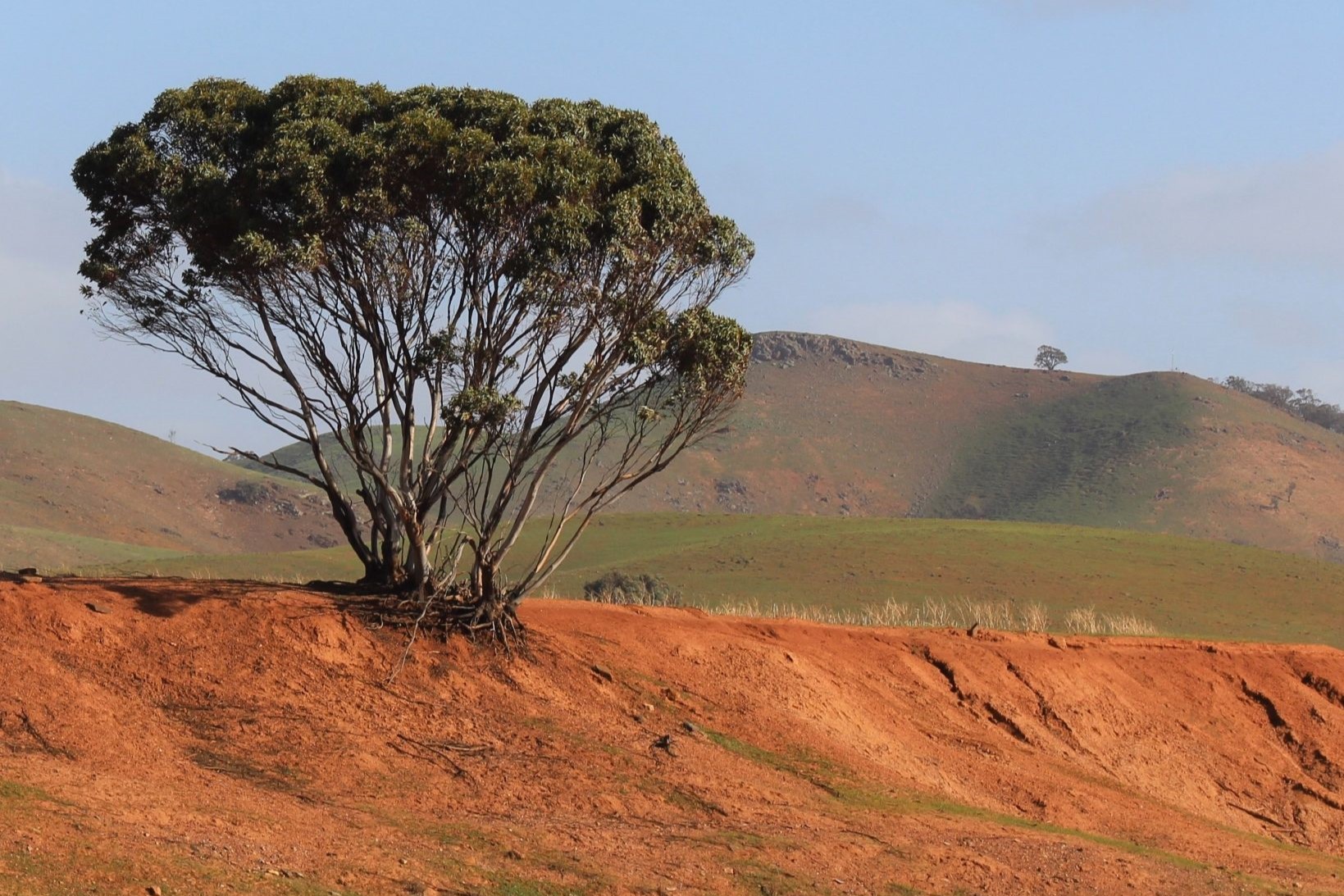How Agriculture Destroys Our Soil (And What Bamboo Can Do About It)
It was on Mother’s Day in 2015 when I found myself in a rare moment of solitude. Being a single parent of energetic four-year-old twin girls, having some “me time” was a cherished gift. So I decided to turn on the TV and thought it would be nice to watch a couple of TED Talks. I don’t recall the exact search that led me there, but somehow I stumbled upon Allan Savory‘s talk “How to Green the World’s Deserts and Reverse Climate Change.”
Allan’s personal story deeply resonated with me. His account of mistakes, lessons learned, and his unwavering determination had me captivated. Allan made it clear that fossil fuels were not the only cause of climate change. The consistent degradation of our soils was also a major factor. The name for this degradation was Desertification and its causes were a combination of climate change and human endeavours such as agriculture, mining and logging.
Allan’s goal was to reverse this degradation and return disused, dry, depleted lands into functional, lush, green pastures. Allan had found that the key was to allow livestock to graze the land periodically. This would mimic the way that native animals had once grazed in herds, fertilising the land, creating mulch and subsequently stimulating plant growth.

Allan tested his idea and sure enough, grass returned, which began the process of regeneration. As soon as it became clear to me that grass played a role in salvaging these lands, it hit me — bamboo was a grass, a giant one at that.
I became even more driven by the potential of bamboo (and its grass-like roots) and began to consider the role bamboo could have here in my own country. The more I thought about it, the more the possibilities seemed endless, and I became increasingly convinced that bamboo could play a crucial role — and do so rapidly.
Why It Is Important For Our Soil To Thrive
Reports suggest that agriculture accounts for anywhere between 18-26% of global carbon emissions. This happens when topsoil is damaged through practices such as ploughing which releases the carbon that had been captured inside the soil back into the atmosphere.
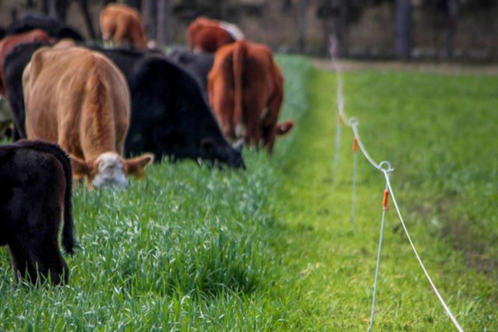
To reduce these emissions, there has been a push towards regenerative agriculture as a more sustainable means of producing food that, its advocates claim, may have lower, or even net positive, environmental and social impacts.
One of the most inspiring success stories I have come across has been the work of farmer Charles Massy who has championed regenerative agriculture and challenged traditional farming practices within Australia. Massy implemented holistic grazing methods and transformed his own 2000-hectare property back to health after years of drought and overgrazing. Check out Massy’s own TED Talk ‘How Regenerative Farming Can Help Heal The Planet and Human Health’.
3 Ways Bamboo Promotes Soil Health
1. Agroforestry
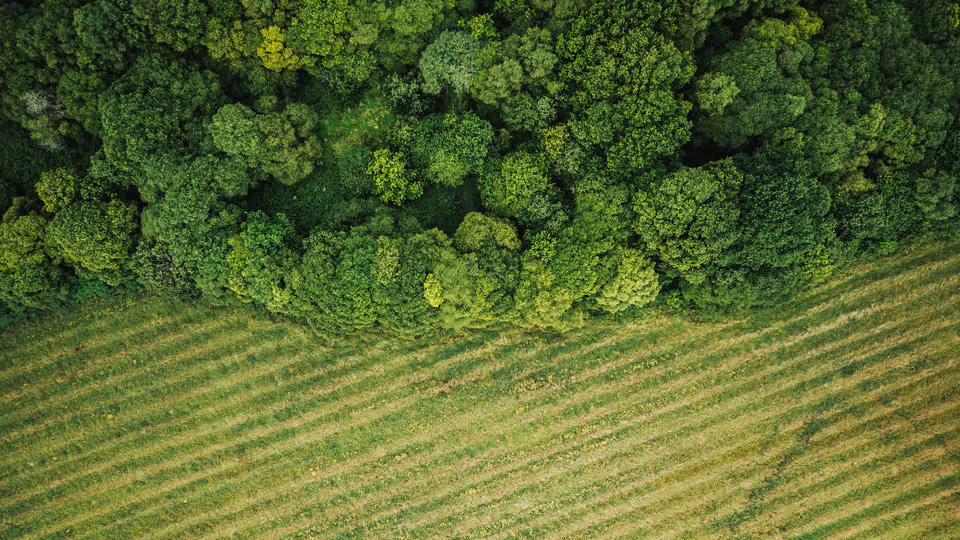
Agroforestry is the practice of integrating trees and crops which provides greater efficiency in land use compared to monocropping (growing a single crop, year after year, on the same land). When bamboo is used in agroforestry the number of nutrients in the soil increases as bamboo leaf litter and fine root decomposition enhance soil organic matter.
The combination of bamboo leaf litter, known as “fodder,” and strip grazing, a livestock management practice, can have a significant impact on improving soil. Strip grazing involves confining animals to specific sections of pasture for a defined period, allowing the remaining areas to recover and regrow. Bamboo leaf litter, coupled with strip grazing, contributes to soil fertility, promoting healthier agricultural practices.
2. Riparian Restoration

Trampling by livestock impacts riparian areas which are the zones that run along rivers and creeks. The soil health in these areas is vital to the water that runs in the waterways. Without soil health and stability, these areas become subject to flooding. A riparian zone can suffer from erosion caused by weather events; be degraded by clearing activities such as cropping, as well as by trampling of soil by livestock.
The unique root structure of non-invasive clumping bamboo benefits riparian zones as the roots create a barrier that blocks soil from moving into the adjacent waterways. Additionally, the bamboo stems provide a canopy that helps shade the waterways, keeping temperatures cool.
3. Phytoremediation
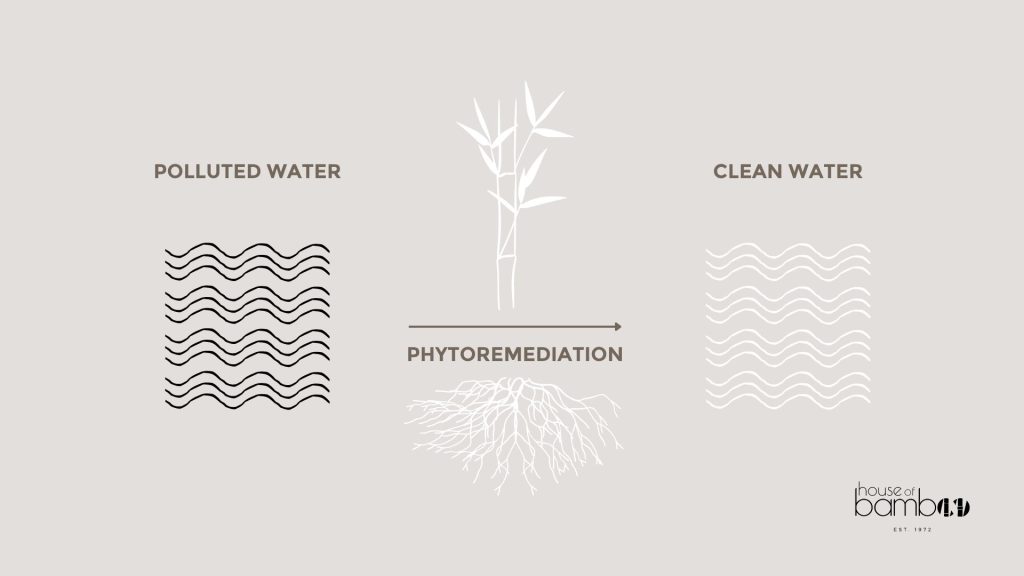
Bamboo offers multiple avenues for restoring degraded soils. Particularly in areas affected by mining, where soil stabilisation is crucial, bamboo’s extensive root system plays a vital role.
Mining ranks as the fourth-largest cause of deforestation, impacting nearly one-third of the world’s forest ecosystems. In Australia alone, approximately 80,000 abandoned mines exist, dating back to the gold rush in the 1800s. Bamboo cultivation can aid in the restoration of mining areas through a process called phytoremediation. Phytoremediation is the use of plants to clean up environmental pollutants. Bamboo has the ability to absorb and accumulate these pollutants in its tissues, effectively removing them from the soil.
The Path Towards Carbon Neutrality in Agriculture
The demand for abundant, nourishing green pastures is escalating quickly. The United Nations Food and Agriculture Organization (FAO) warns us that by 2050, global food production will surge by a staggering 50% to sustain a projected population of 9.7 billion. Carbon emissions will skyrocket if we cannot reverse the impacts of desertification and protect our soil.
To confront climate change and feed our burgeoning planet, we must act with determination and foster the proliferation of bamboo plantations. Unwavering government support will be indispensable as is understanding that 80% of farmers worldwide are categorized as ‘small’ landowners.
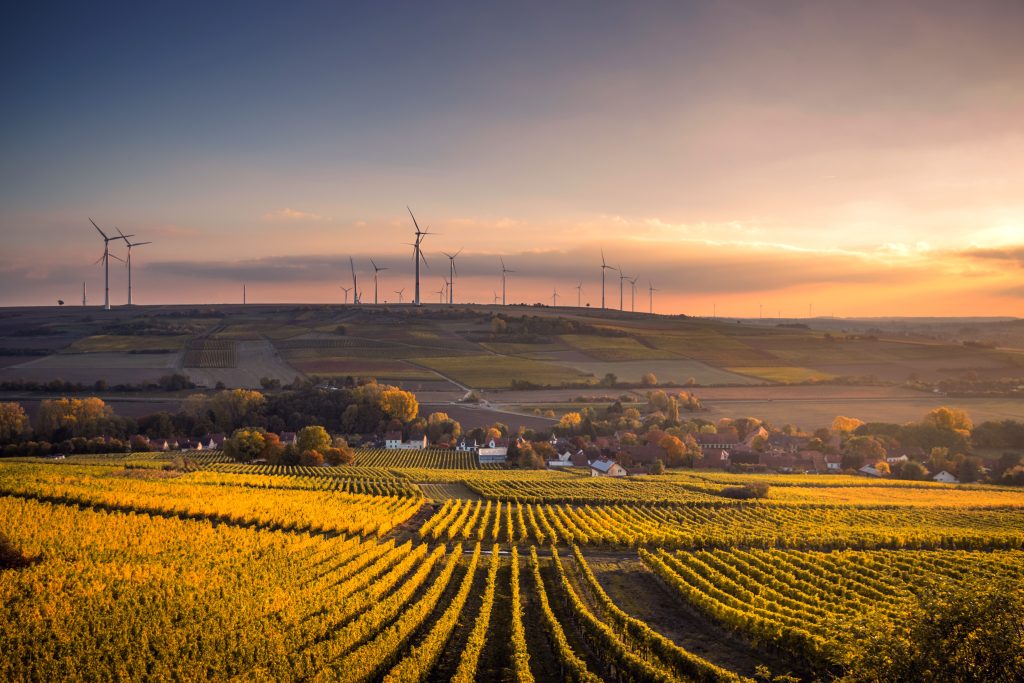
The Save Soil Movement, as proposed by consciousplanet.org, presents a blueprint to confront the challenges faced by small landowners. Their plan champions the need for incentivisation for farmers who dedicate themselves to enhancing soil health and at the same time streamlining the accessibility of carbon credits.
The work of Allan Savory and Charles Massy has proven that there are ways to reverse desertification. We need to attack the problem. Traditional farming practices must be continually questioned. Alternative methods of farming put forward by regenerative agriculture need to be taken seriously and supported. Bamboo plantations can be a vital piece of the puzzle. I am proud to be part of a global community that recognises the opportunities that bamboo can so readily provide. If you agree with this sentiment go ahead and share this article and help spread the word

Jennifer Snyders
CEO House of Bamboo
Read article on LinkedIn.
